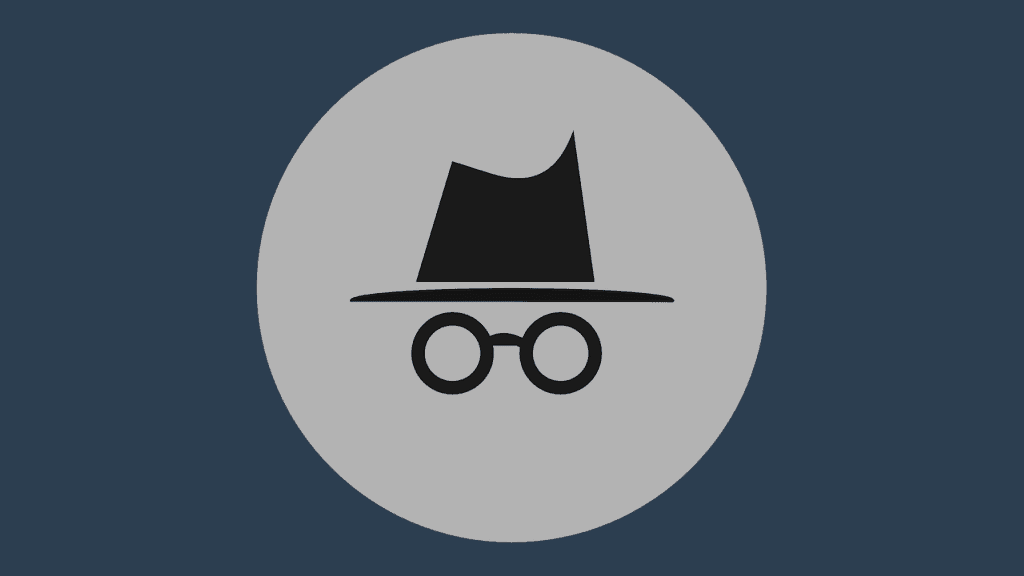Privacy concerns have become a prominent issue in our increasingly digital and interconnected world. In an effort to protect their personal information, many users opt to browse the web using the incognito mode offered by most popular web browsers.
However, a common misconception persist: that the websites visited in incognito mode are completely hidden from WiFi owners. In this blog post, we will explore the truth behind this notion and discuss the level of privacy provided by incognito browsing.
What is Incognito Mode?
Incognito mode, also known as private browsing, is a feature offered by most web browsers that allows users to browse the internet while keeping their online activities hidden from others who may access their device. It functions by preventing the browser from storing any data related to the websites visited, such as browsing history, cookies, or temporary files.
Understanding WiFi Network Ownership:
Before diving into the topic, it is essential to distinguish the roles of WiFi network owners and Internet Service Providers (ISPs). WiFi owners are individuals who manage or control a specific wireless network, typically in their homes or businesses. ISPs are the companies that provide internet connectivity to users. It’s important to note that ISPs have the ability to monitor user activities to some extent, while WiFi owners do not have this direct access.
Can WiFi Owners See What Websites You Visit in Incognito Mode?
In short, WiFi owners cannot see the websites you visit when using incognito mode. Incognito mode essentially creates a barrier between your browsing activity and the browser itself, making it difficult for anyone else, including WiFi owners, to access your browsing data.
However, it is important to remember that incognito mode does not provide complete anonymity. While it prevents the browser from saving your browsing history and other local data, it does not offer protection from other potential surveillance methods, such as network packet sniffing or the use of third-party tracking tools. Additionally, incognito mode does not hide your online activities from your ISP, who may still have access to your internet traffic.
Enhancing Your Privacy:
To further enhance your privacy while browsing, consider incorporating the following practices:
- Use a Virtual Private Network (VPN): A VPN encrypts your internet traffic, making it difficult for ISPs or WiFi owners to monitor your online activities. iLove VPN provides best security options for that aim.
- Clear your browsing data: Regularly clear your browsing history, cookies, and cache after each session, regardless of using incognito mode.
- Employ secure browsing methods: Ensure that the websites you visit are secured with an HTTPS connection, indicated by the padlock icon in the address bar.
- Utilize privacy-oriented browsers and browser extensions: Some browsers and extensions prioritize user privacy by blocking third-party trackers and preventing data collection.
While browsing in incognito mode does provide a certain level of privacy, WiFi owners cannot see the websites you visit. However, it is important to remember that incognito mode is not a foolproof method of hiding your online activities.
Employ additional privacy measures, such as using a VPN or secure browsing practices, to maximize your online privacy and protect your personal information. To start more security, download iLove VPN in Apple Store or Google Play Store now.
